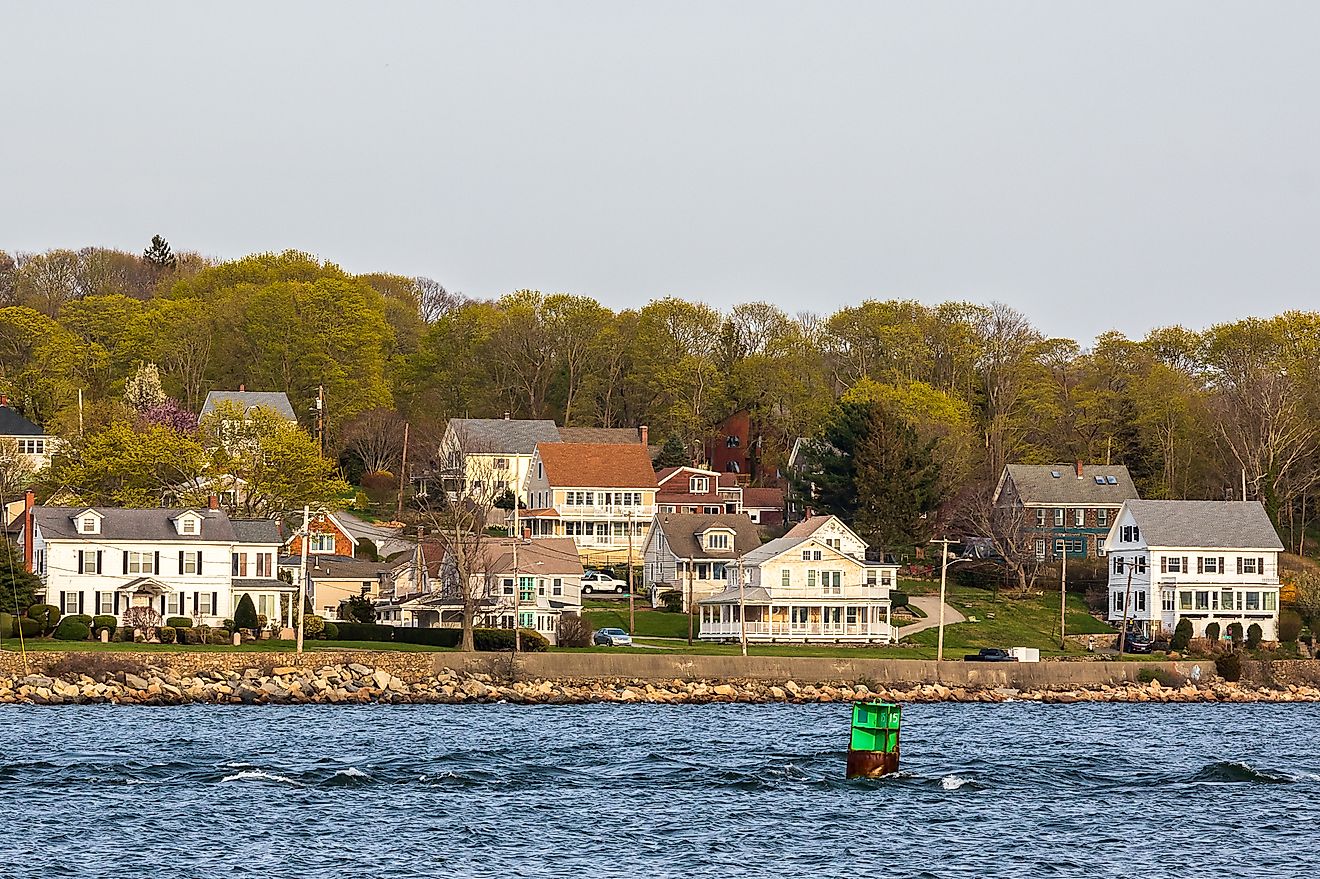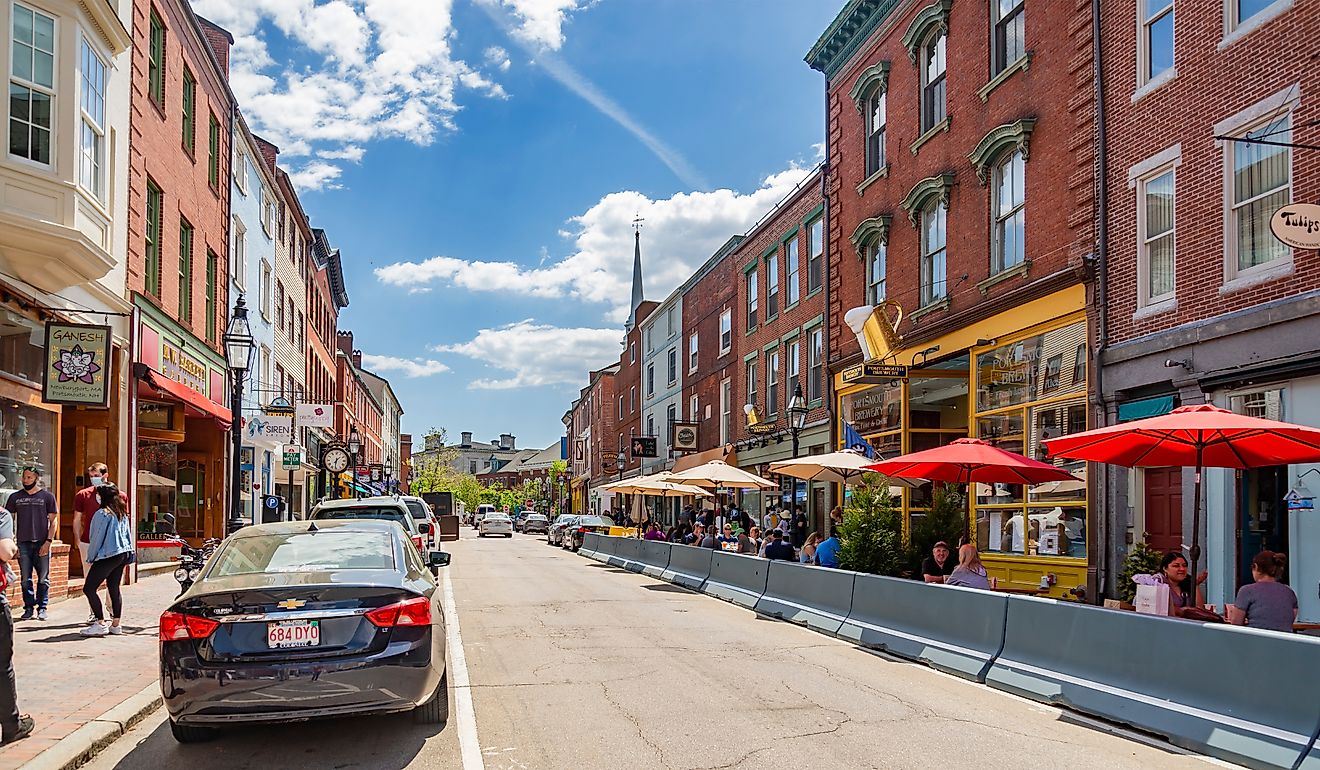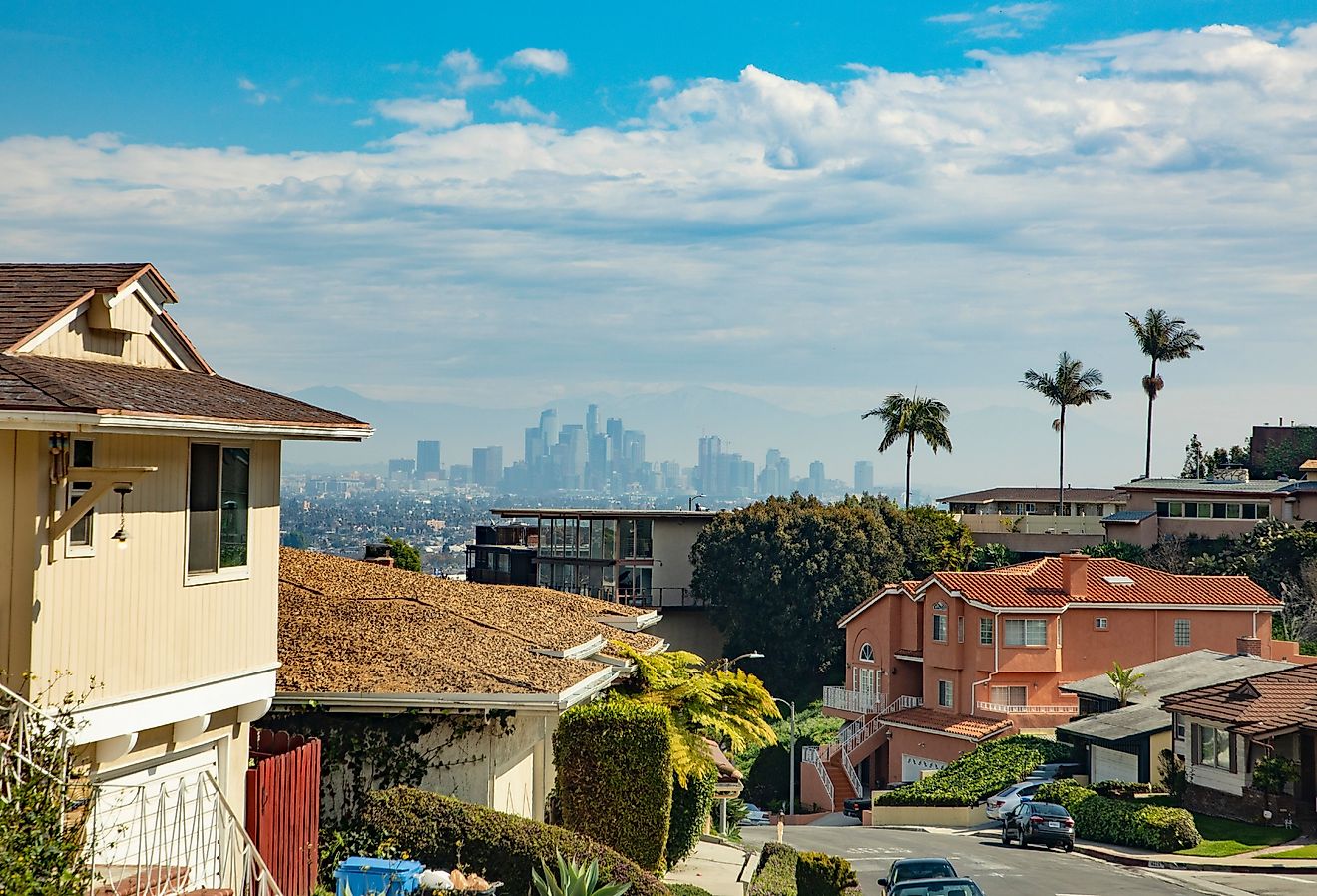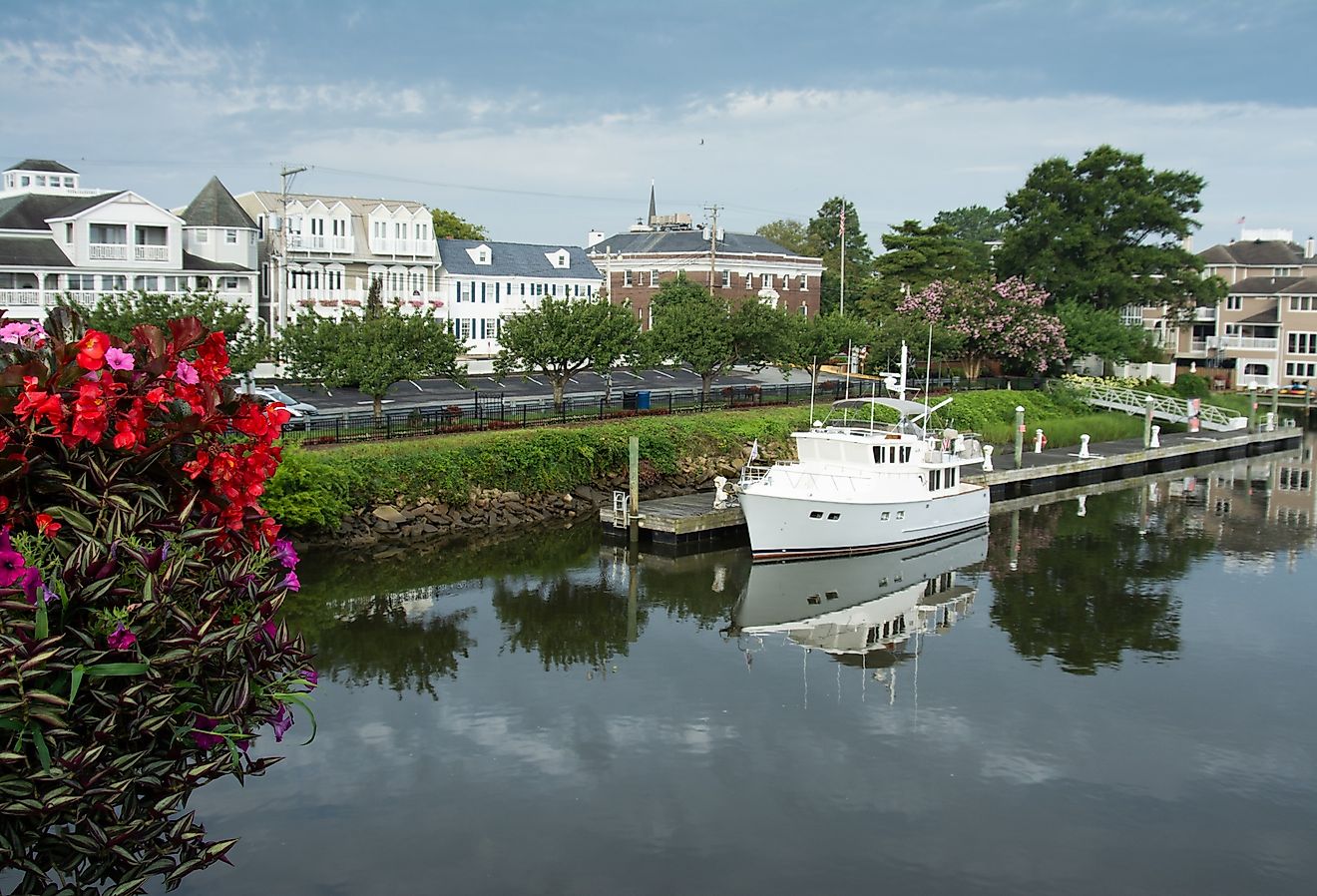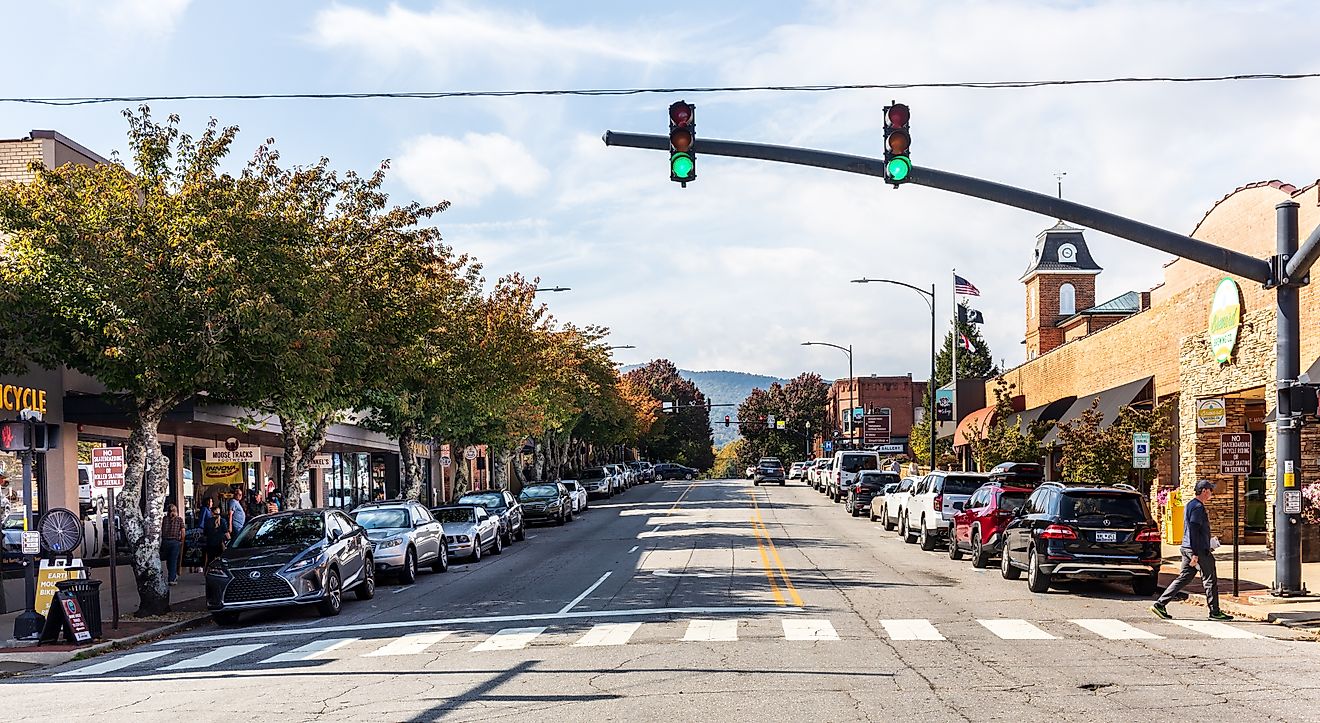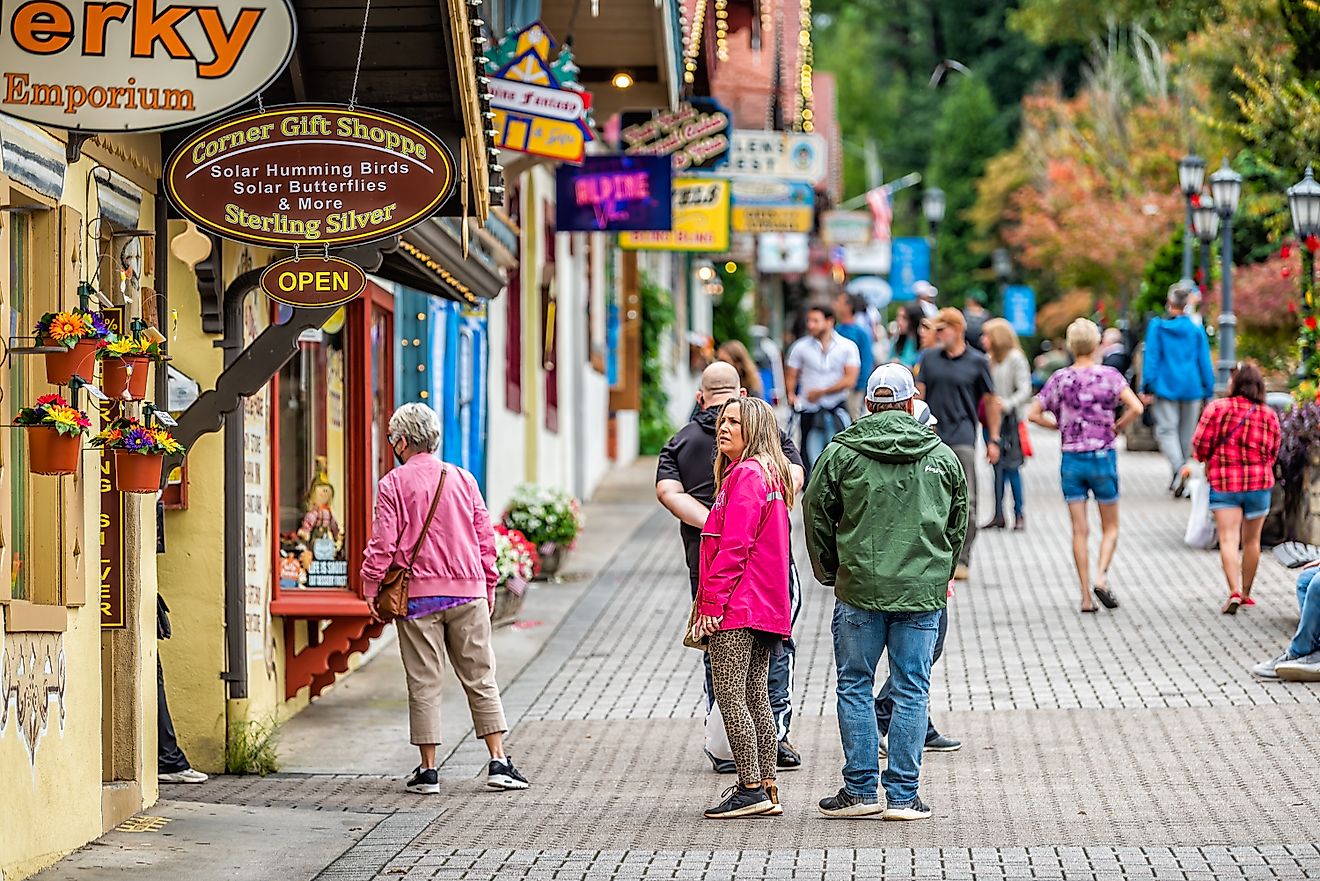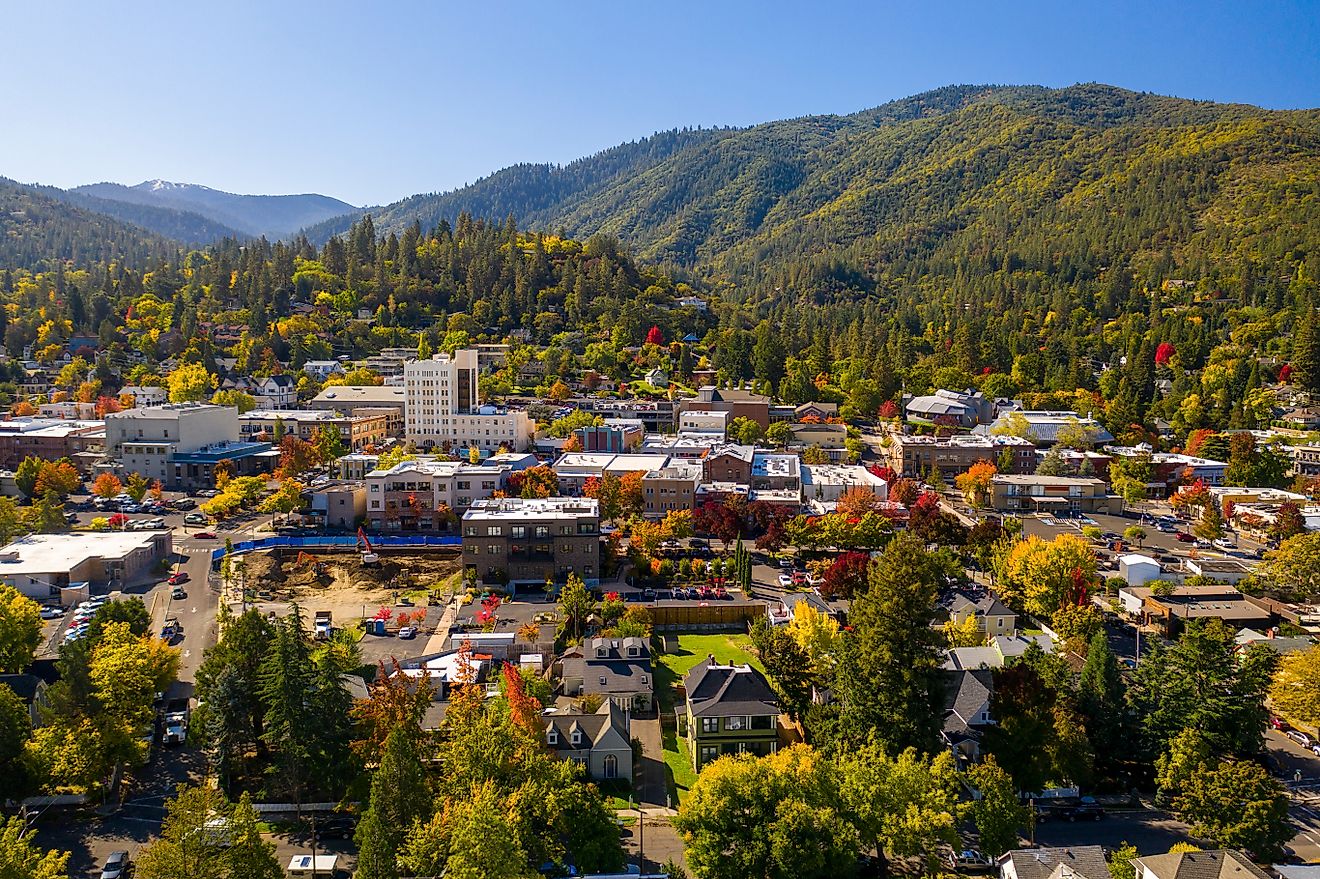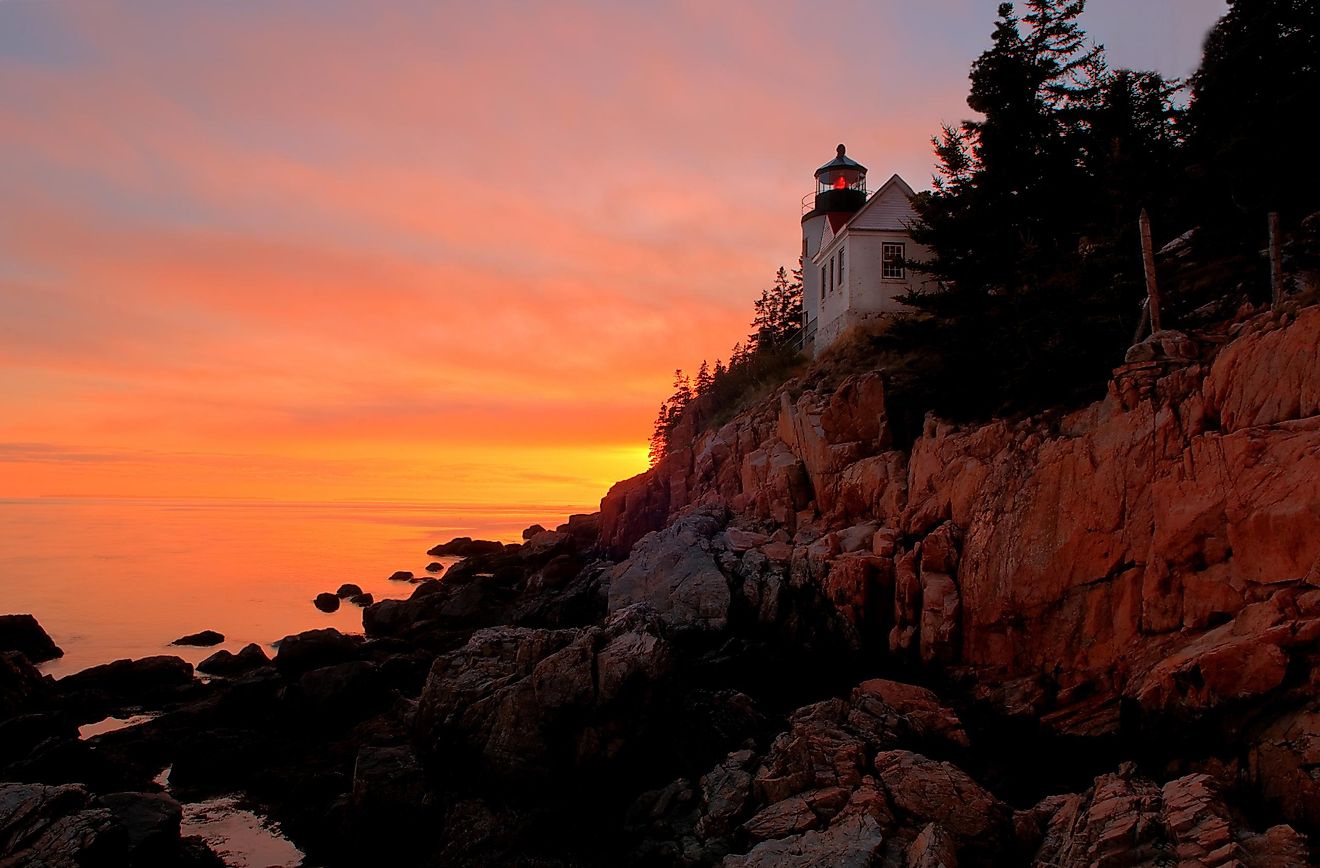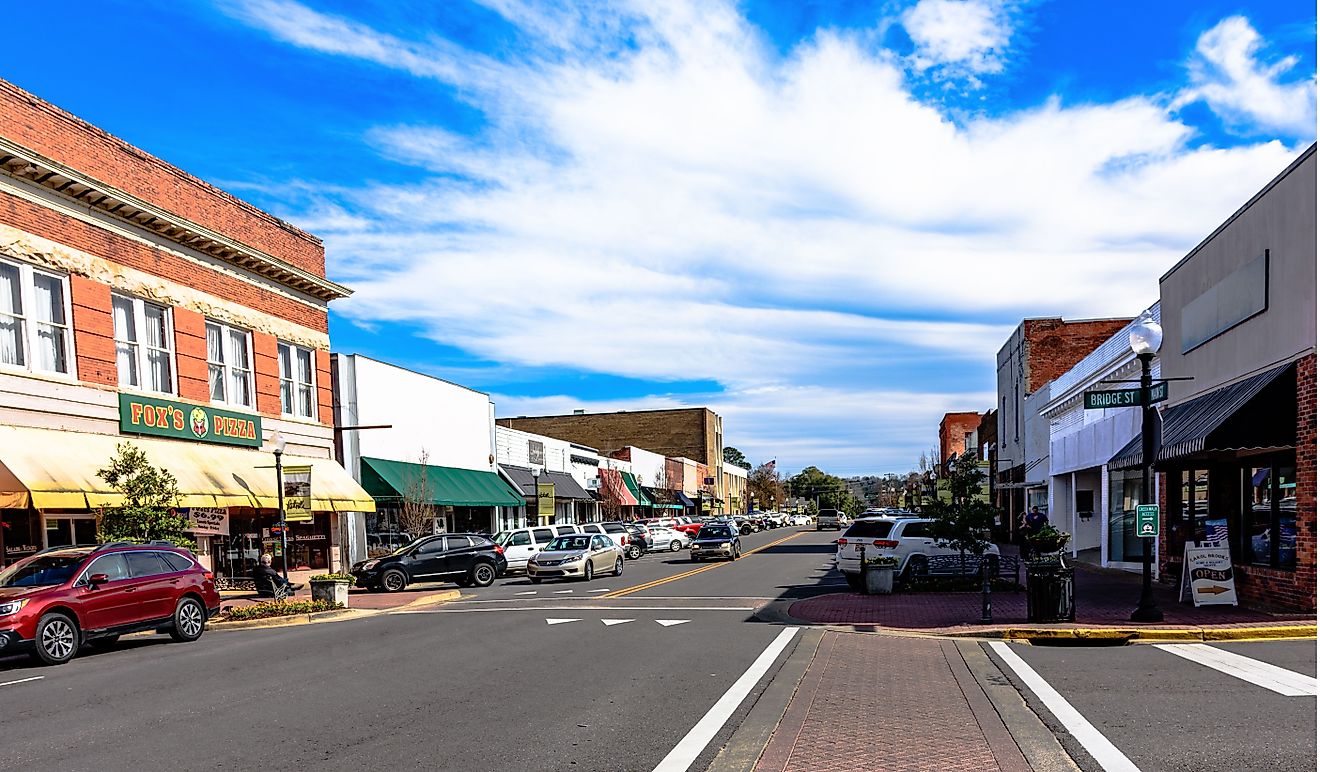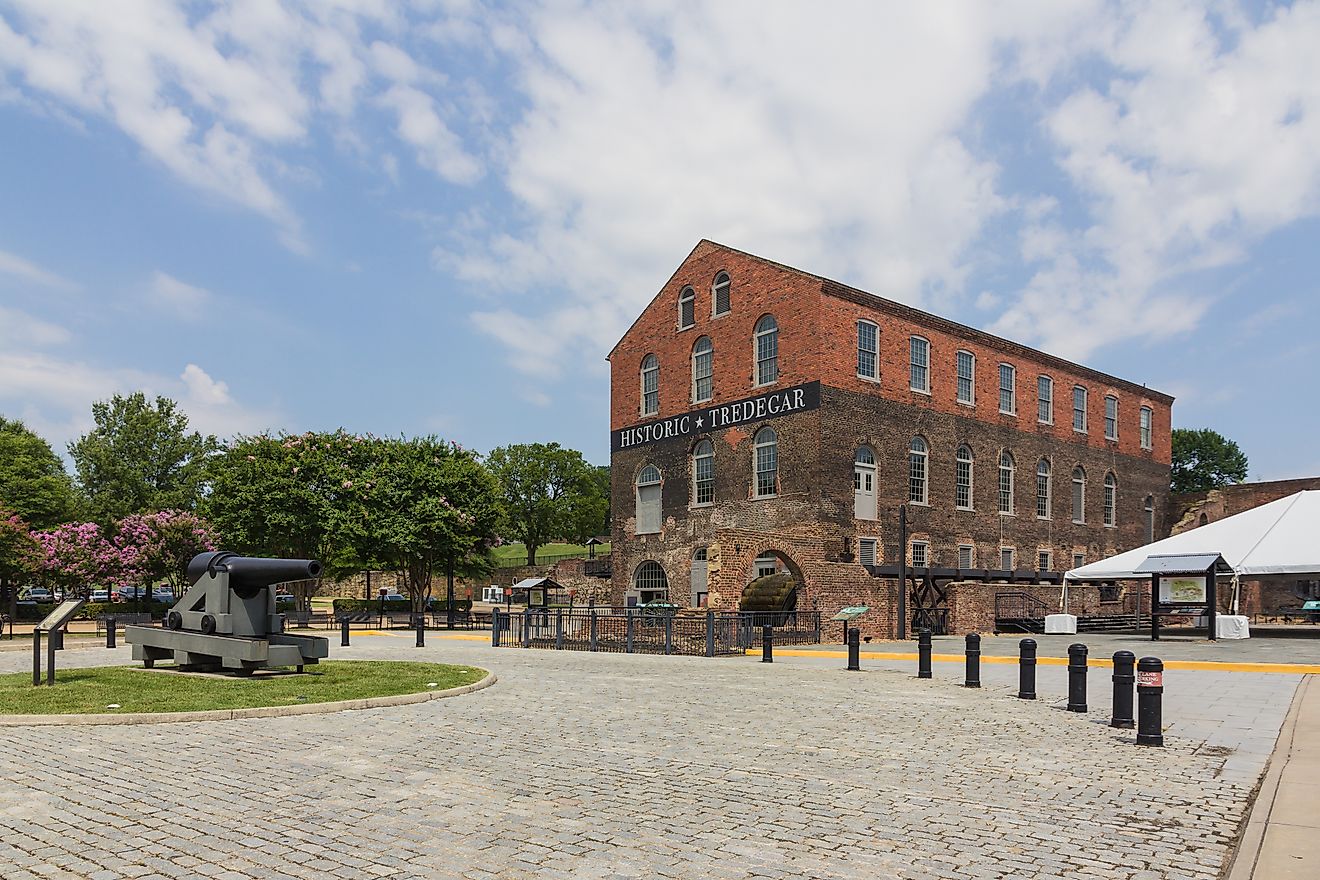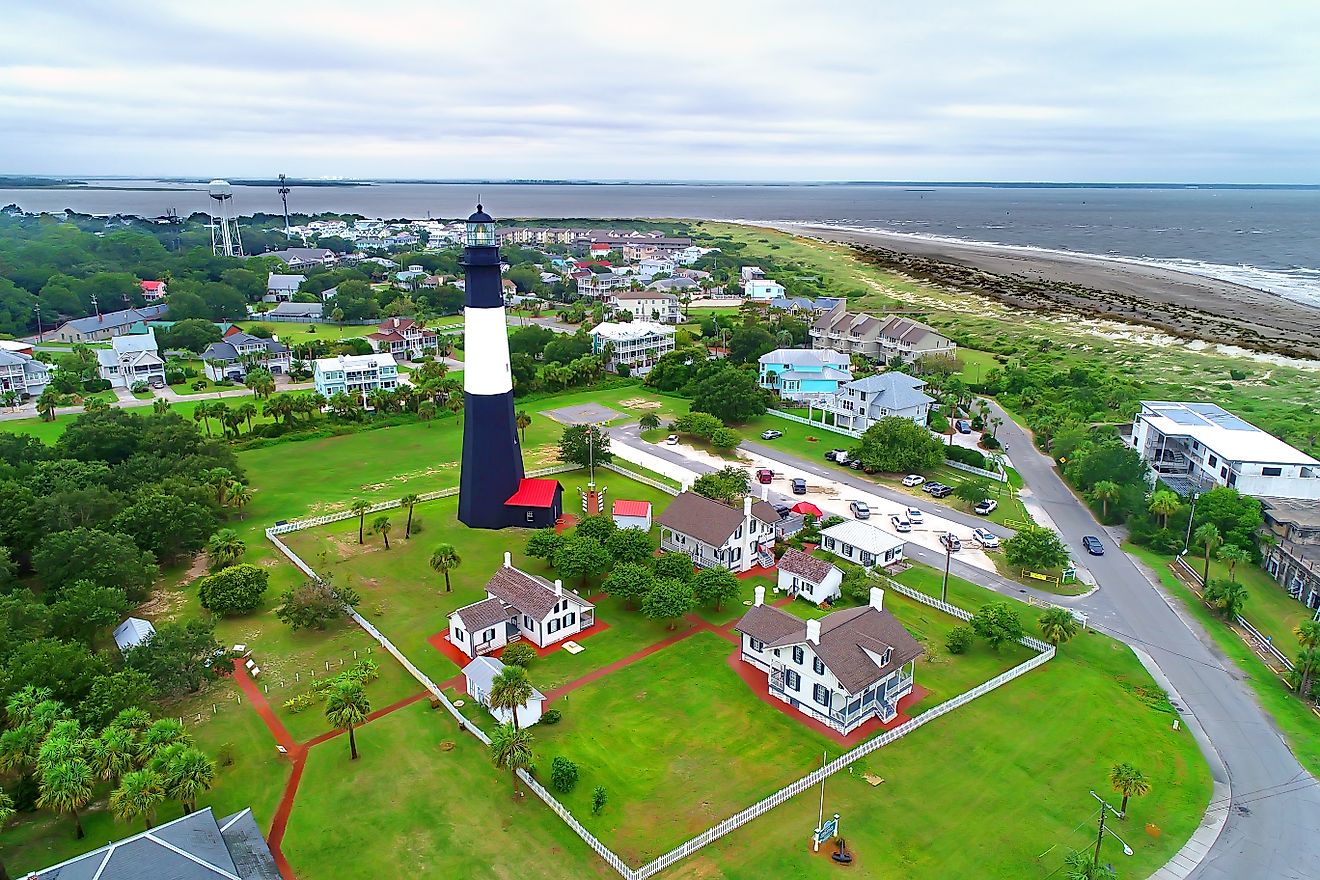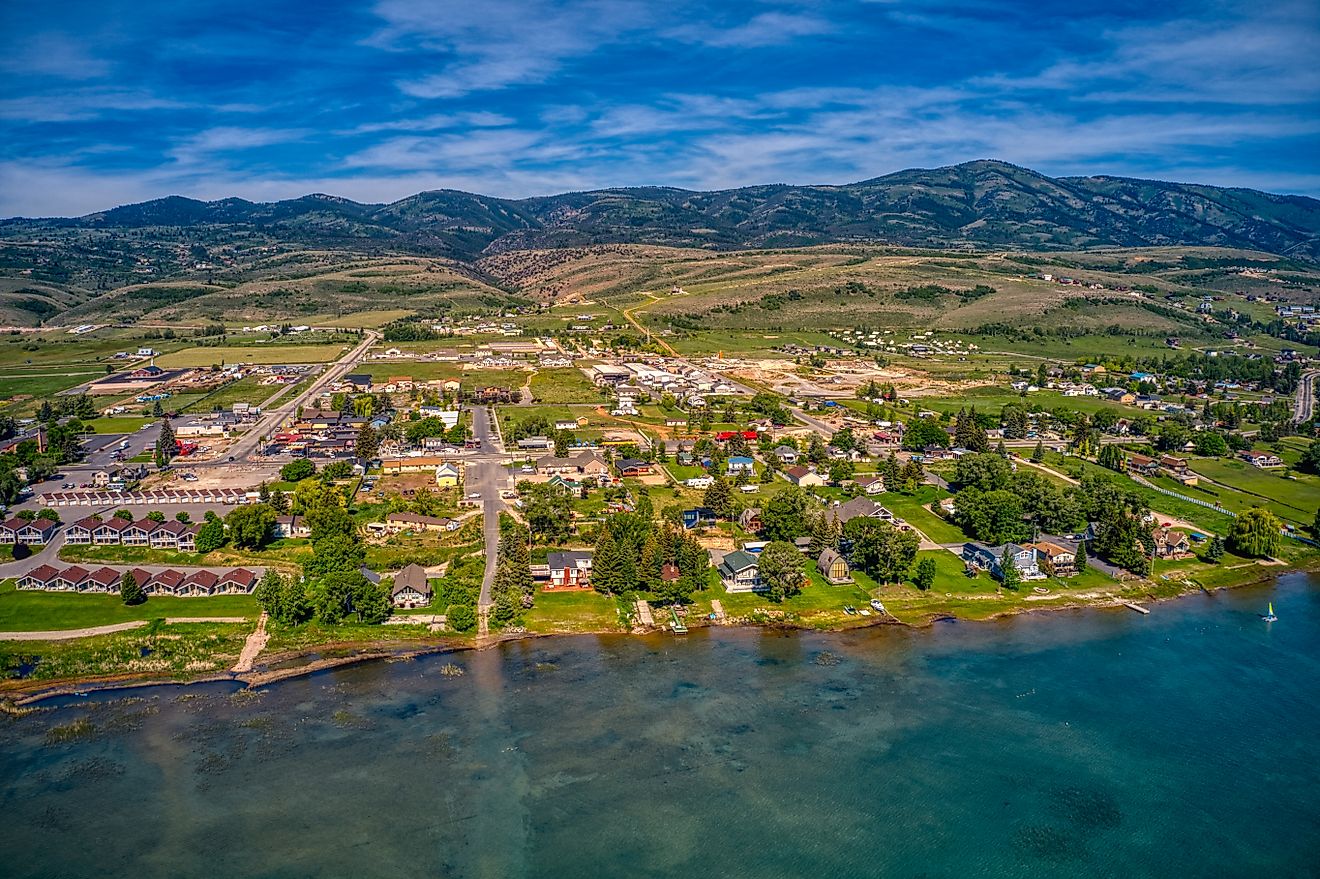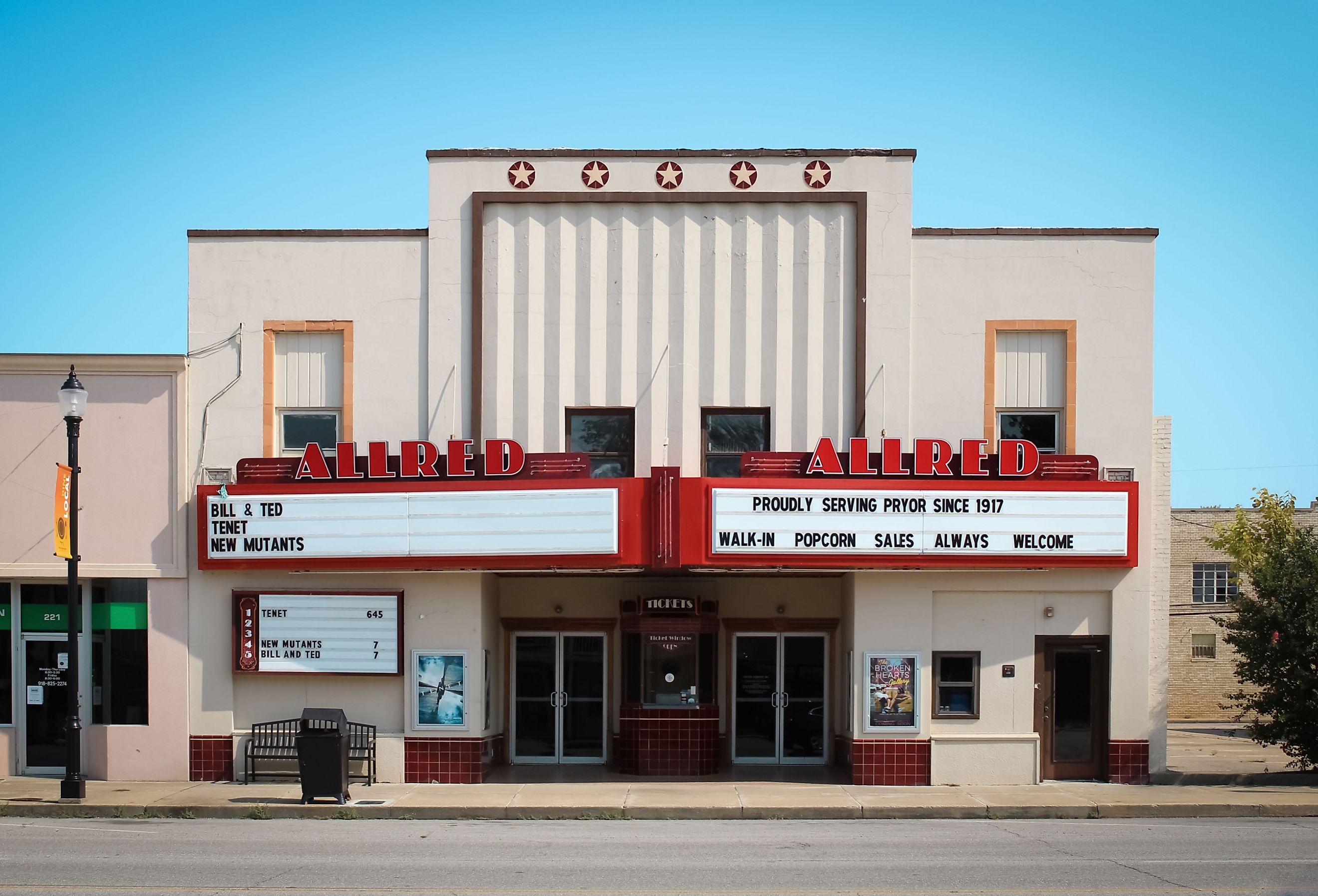
These 9 Towns in Oklahoma Have Beautiful Architecture
A journey through Oklahoma's small towns is about more than endless plains and cattle drives. The Sooner State's lesser-known destinations are practically bursting with architectural wonders that are anything but ordinary. These towns flaunt a stunning array of buildings, from charming Art Deco libraries to majestic Romanesque courthouses, each with its own story to tell. Imagine wandering down a street where every turn reveals a new masterpiece, whether a historic theater still echoing with the glamour of the Roaring Twenties or a quaint courthouse that’s been a community landmark for over a century. These nine small towns and the buildings within them are more than just roads and structures; they are the keepsakes of local history and pride. For those who find beauty in architectural diversity, Oklahoma’s towns are a treasure trove waiting to be explored.
Guthrie
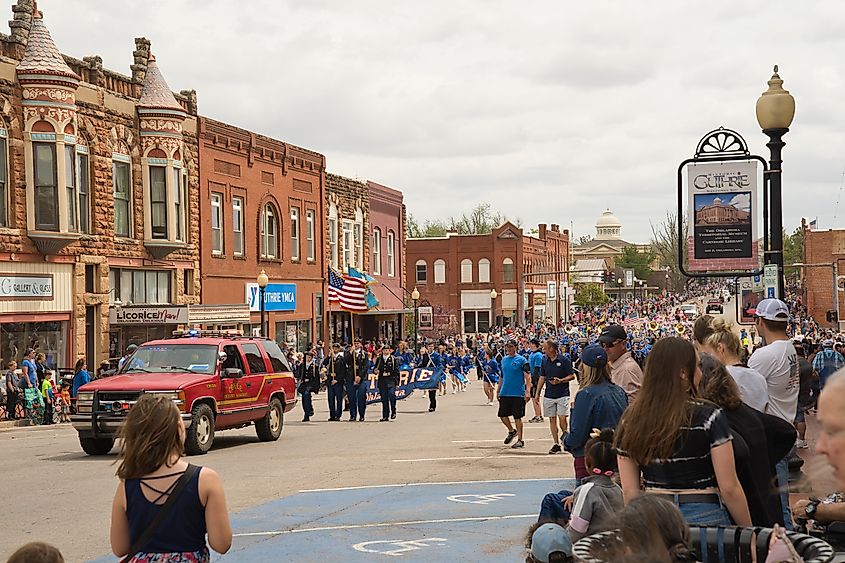
Guthrie’s architecture is a walk through the town's development, where over 2,000 preserved buildings from the 19th and early 20th centuries tell a vivid story of its past. The State Capitol, once the Oklahoma Territorial Capitol, remains a notable example of early 20th-century design. Visitors will spot Romanesque Revival details as they stroll through the Logan County Courthouse at every turn. The 1907 Guthrie Public Library offers a glimpse into classical revival design. Guests will appreciate the architecture of the Stonewall Jackson Hotel, which maintains its ornate detailing from its early 20th-century glory days. Art lovers should visit the Guthrie Museum of Art, housed in a 1907 building. Located just outside the town is Guthrie City Lake, a popular spot for fishing, boating, and picnicking. It offers a serene environment for outdoor activities. Finally, travelers will marvel at the First Christian Church, showcasing Gothic Revival architecture that adds to the town’s historical aesthetic.
Chickasha
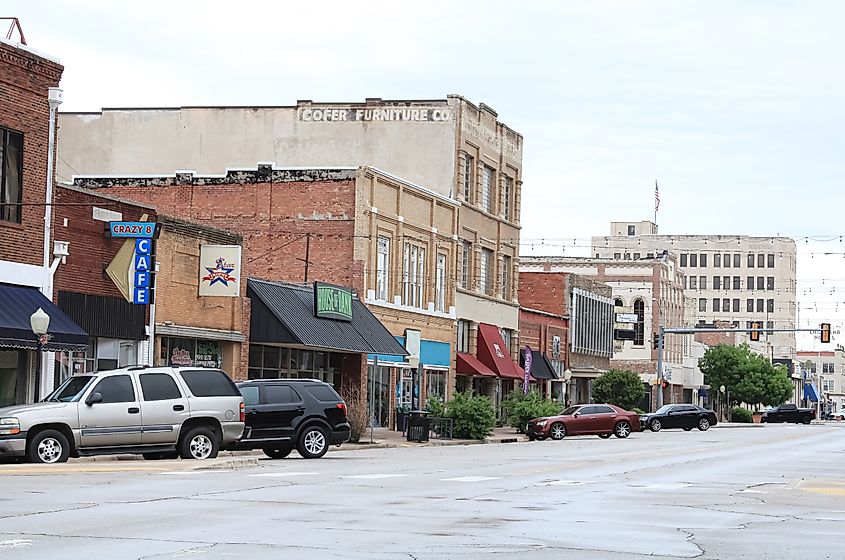
In Chickasha, architectural history blends seamlessly with modern uses. The University of Science and Arts of Oklahoma features historic buildings with Georgian Revival style. With its classical detailing, the 1930s Chickasha Public Library complements the town’s historical vibe. On Grand Avenue, the 1910s-era homes are architectural examples of early 20th-century residential design. The Grady County Courthouse, designed in the Romanesque Revival style, serves as a key landmark in the town. Chickasha City Hall, built in the early 20th century, reflects design trends of the time, and the Chamber of Commerce Building is where visitors will find Art Deco influences. The 1920s-era Grand Theatre completes the town's architectural ensemble with its original design. Additionally, the city has several parks with green spaces and walking trails, including Shannon Springs Park and Washita River Park. These parks are great for casual strolls, family outings, and enjoying nature.
Claremore
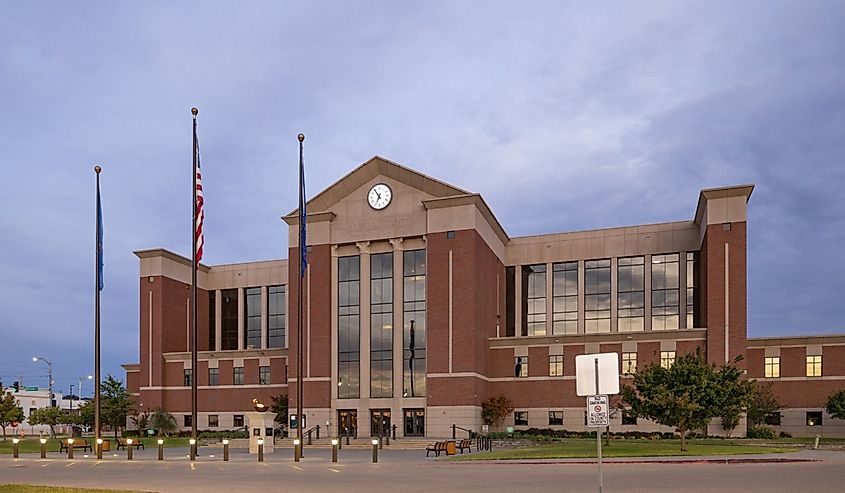
Claremore is a beacon for those who appreciate diverse architectural styles. The Will Rogers Memorial Museum is a classical monument dedicated to the legendary entertainer. The Claremore Public Library, built in the early 20th century, features Renaissance Revival elements. The 1920s-era Masonic Lodge in the historic district and the Rogers County Courthouse, with its neoclassical features, demonstrate the town's commitment to maintaining its story. Claremore High School, constructed in the 1920s, exemplifies the Collegiate Gothic style, while the 1930s-era Claremore Theatre retains its original design as a preserved piece of local history. For a break in nature, the Sequoyah State Park is a short drive from Claremore and provides an ideal environment for exploring hiking trails, camping sites, and captivating views of the Arkansas River.
Pryor Creek
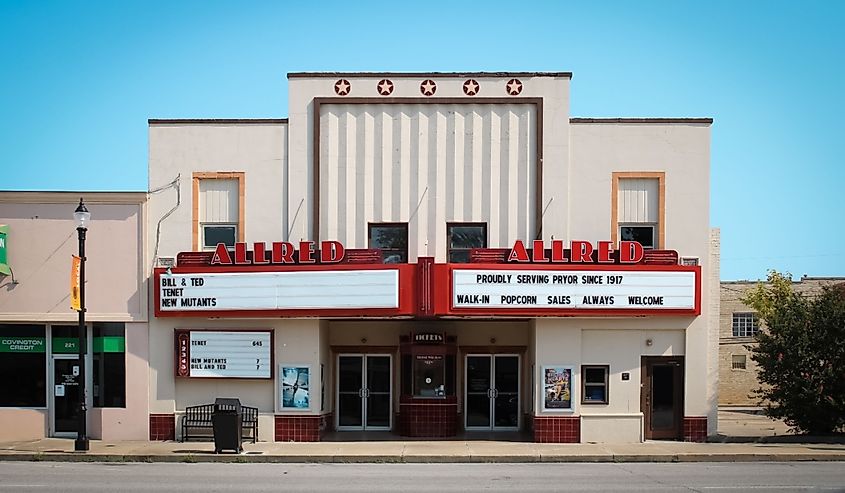
Wandering through Pryor Creek, guests encounter an endless supply of buildings stamped with the era of their construction, like the early 20th-century library, where Art Deco influences elegantly merge with functional design. The local courthouse, built in the 1910s, features classical detailing, while the 1920s-era First Baptist Church shows off a traditional design evoking a sense of the town's religious history. The 1910s-era home on 2nd Street reflects early 20th-century residential architecture. There is also some modern construction to be found in a town, like the Google server warehouses that add a brutalist touch to the historic look of the area. Lastly, the town offers plenty of outdoor activities, like the Grand Lake of the Cherokees, which offers extensive opportunities for boating, fishing, and enjoying other water sports and summertime activities. Its surrounding areas also provide hiking and nature observation.
Altus
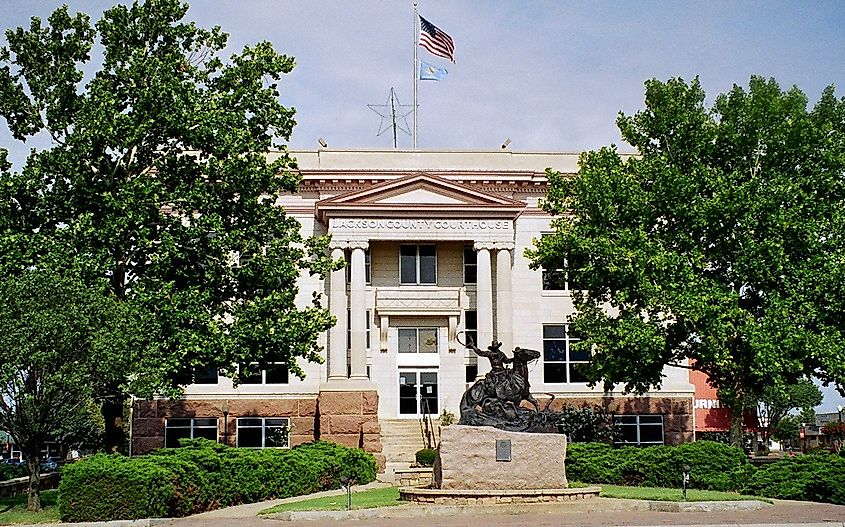
In Altus the historic courthouse, built in the 1920s, showcases neoclassical architecture that remains a cornerstone of civic pride. Lake Altus-Lugert is close by and is used for water sports, including sailing and waterskiing, and has facilities for camping and picnicking. Located a short drive from Altus, there is also Quartz Mountain Nature Park, which has hiking trails with panoramic views of the surrounding landscapes. The park also features rock climbing opportunities and scenic picnic spots. Altus Air Force Base buildings, reflecting mid-20th-century military architectural design, add a different dimension to the town's architectural landscape. The 1910s-era home on Main Street exhibits period detailing, offering a look into residential styles of that time.
Guymon
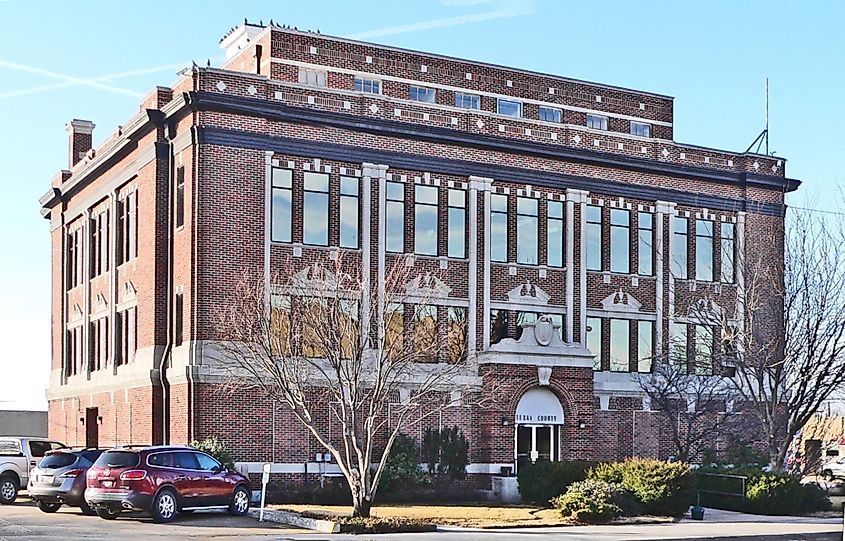
Guymon presents a journey through architectural styles with its 1930s-era public library, showcasing distinct art deco features. The Texas County Courthouse, designed in a classical style, stands as a prominent feature of the town. City Hall, constructed in the 1920s, highlights period architectural features that reflect its civic role. A 1910s-era home on Main Street displays early 20th-century residential design, while the First Presbyterian Church, built in the 1910s, reflects traditional church architecture, completing Guymon’s architectural tour. Not to be missed and located to the southeast of Guymon, Optima Lake is a popular spot for fishing, boating, and picnicking. The lake provides a relaxing setting for outdoor activities and offers nature watching opportunities, as the area around Guymon is home to various wildlife, including pronghorn antelope, mule deer, and a range of bird species.
Duncan
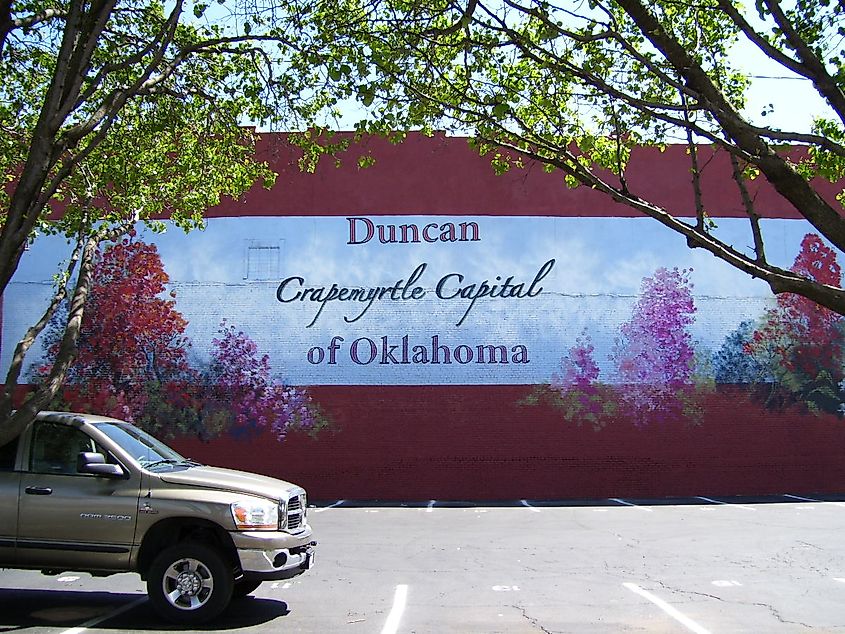
Exploring Duncan reveals a rich landscape and architectural history. The Duncan Public Library, constructed in the 1920s as well as the Stephens County Courthouse, with its early 20th-century design, highlights each era's commitment to grandeur in public buildings. The Chisholm Trail Heritage Center, provides insight into local heritage. The center is set within a pleasant park-like setting with outdoor spaces that offer a peaceful environment for relaxation and reflection. City Hall, built early in the 20th century, reflects the period's civic design. The 1910s-era home on 10th Street stands out to visitors for its distinctive architectural elements, and The Duncan Theatre from the 1920s retains its original features, a nod to early cinema design.
Shawnee
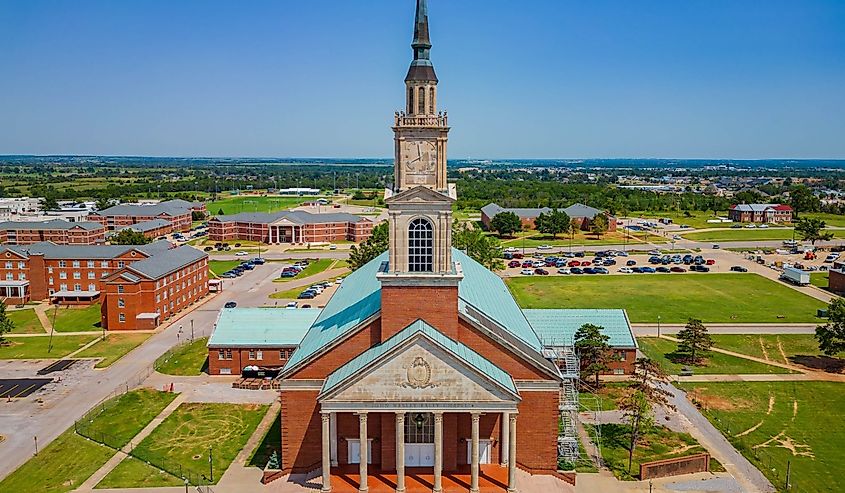
Shawnee’s architectural diversity is a journey through styles and eras. The Shawnee Public Library, built in the 1930s, exhibits Art Deco flair that defines the period’s dramatic aesthetic. The Pottawatomie County Courthouse, with its neoclassical design, remains a centerpiece of civic architecture. Visitors encounter art and architectural history inside the Mabee-Gerrer Museum of Art. The Shawnee Theatre, built in the 1920s, retains its original design, preserving its historic ambiance. The town is also known for its numerous natural attractions, like Shawnee Twin Lakes, just north of Shawnee. These lakes provide opportunities for fishing, boating, and picnicking. Visitors should not forget to check out the Sac and Fox Nation's Prairie Grasslands located to the northeast of Shawnee, providing natural prairie landscapes with opportunities for wildlife viewing and exploring the native flora.
Woodward
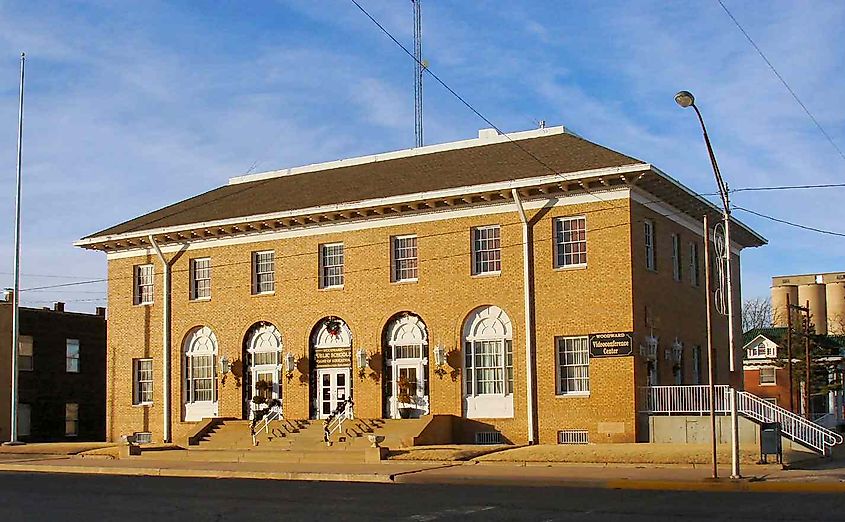
In Woodward, historical architecture paints a vivid picture of the town's past. The Woodward Public Library, built in the 1930s, features classical detailing that speaks to its era. The Woodward County Courthouse showcases early 20th-century design and is a prominent feature of the town. The Woodward Elks Lodge Museum provides a glimpse into the local history through its architecture. Located just a few miles south of Woodward, Boiling Springs State Park features a spring-fed lake ideal for fishing and boating. It also has picnic areas, hiking trails, and a golf course, and is not far from the Black Kettle National Grassland. Constructed in the 1920s, City Hall reflects the popular architectural styles. The 1910s-era home on 7th Street stands out with its distinctive design features. The 1920s Woodward Theatre has preserved its original look, maintaining its historical significance to the area.
For anyone with a flair for architecture, Oklahoma's small towns are a hidden playground of design delights. These towns offer a unique opportunity to wander through history with every step. With intricate details of 1920s theaters and chances to soak in the classic lines of a mid-century courthouse. Each town’s distinctive buildings tell their own stories, making every visit an architectural adventure. The charm of these towns lies not just in their preserved facades but in their ability to surprise and engage.
